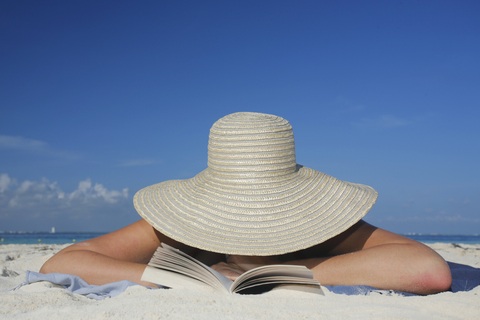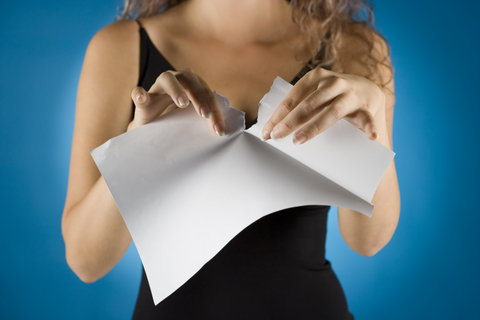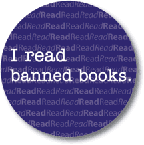The beach is the perfect place to read, and in June, I was able to spend two weeks of blissful sun ray soaking, sandy toe stroking, gentle surf sounding, reading time. I even broke my personal reading record: five books in two weeks. As you can imagine, it was hard to leave that perfect reading environment behind.
Each day, after diving in to a good book for a couple hours at a time, when I finally came up for air, I did some people watching on the beach. And, nosey gal that I am, I took a peak at what they were reading. Mainly, paperbacks. Yes, there were Kindles and Nooks (I saw three of one and two of the other on the first day), and a spattering of hardcover books (three throughout the week), but by and large, beachers were reading paperbacks in every genre.
I couldn’t help myself. I had to ask someone. Well, okay, a few someones that had fatefully unfolded their chairs near mine.
Rachel from Virgina, reading Something Borrowed by Emily Giffin, told me she owns a Kindle, but would never bring it to the beach because of the sand. “Even if you don’t drop it, there’ll be sand on your hands when you’re touching the screen.” She said a paperback is lower risk and just as satisfying.
Mark from N. Carolina, reading The Man in the Rockefeller Suit by Mark Seal, sitting next to Maggie with a Nook reading The Hunger Games by Suzanne Collins, said a paperback felt better. “The sun warms the pages. It feels good. Better than that machine she’s got there.”
Maggie, on the other hand, was all for portability. “I got too much to lug around as it is. And this thing holds an entire library.”
Finally, Carla from S. Carolina reading Message in a Bottle by Nicholas Sparks, said, “I’ve always brought a new paperback to the beach, ever since I was a kid. I pass them around when I’m done and someone hands me off another. The condo I’m staying at has a bunch and you can tell they’ve been well read. It’s recycling.”
So there you have it. My completely non random non statistical sample of the books and book format people read on the beach. And me? I was one of the three with a hardback book. Dust jackets repel sand as well as dust.
How about you? What do you bring to the beach?
Photo © Alex Bramwell



